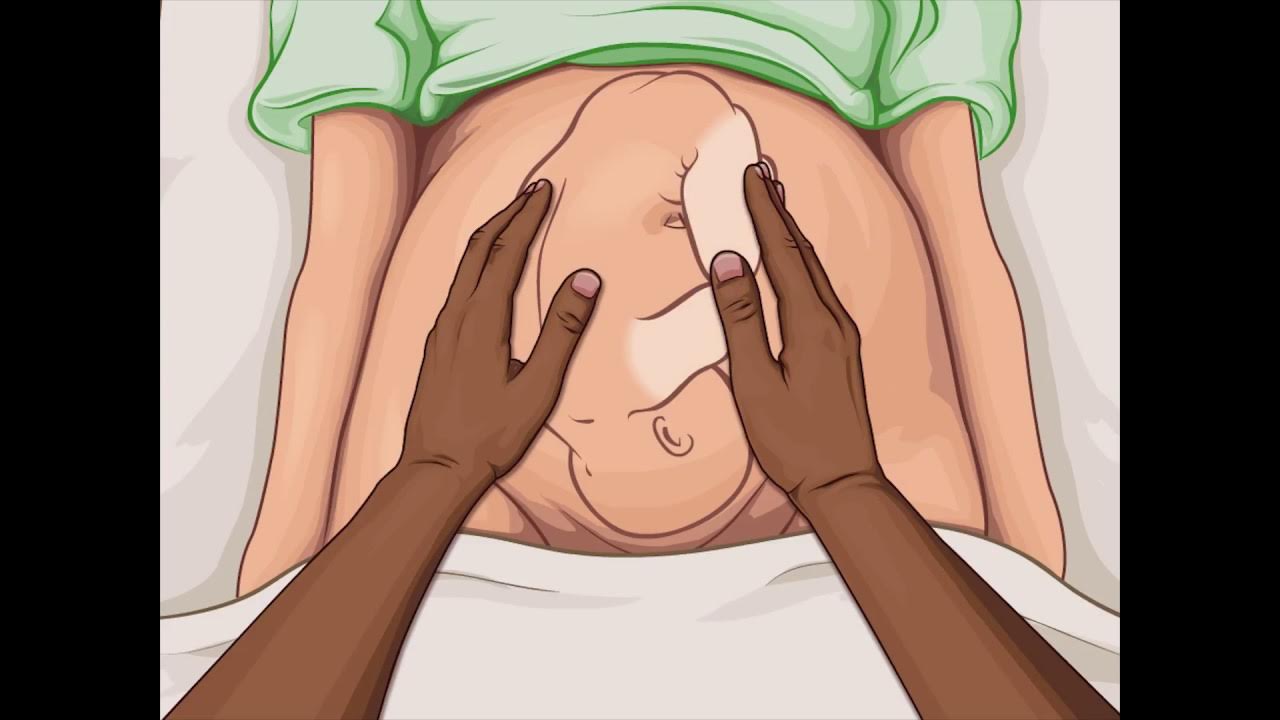Fetal parameters ( lie , presentation , presenting part , attitude , denominator , position )
Summary
TLDRThis script discusses fetal presentation and position in relation to the maternal spine and pelvis. It explains that the most common presentation is longitudinal, but can also be transverse or oblique. The part of the fetus in the lower uterine pool is typically achephalic, with bridge and shoulder presentations being less common. The script further details the concept of the presenting part, attitude, and denominator, and describes various positions of the fetus within the maternal pelvis, including anterior, posterior, and transverse positions, using vertex presentation as a primary example.
Takeaways
- 🔍 The long axis of the fetus usually aligns longitudinally with the maternal spine, but it can also be transverse or oblique.
- 👶 Presentation refers to the part of the fetus that occupies the lower uterine pool, commonly the head (cephallic), but can also be the buttocks (breech), shoulder, or other parts like in compound presentation.
- 🤰 In 3% of term pregnancies, the presentation is breech, and in 0.5%, it's shoulder presentation.
- 📍 The presenting part is the part of the fetus that overlies the internal os, such as the vertex in a well-flexed head or the brow in an extended head.
- 🧍 Attitude describes the relationship between different parts of the fetus, with flexion being the most common to maintain an ovoid shape within the uterus.
- 🤷♀️ Exceptions to the typical fetal attitude include an extended head in cephalic presentation or extended legs in breech presentation.
- 📝 The denominator is a fixed bony point on the presenting part, used to describe the position of the fetus, such as occiput in vertex presentation or sacrum in breech presentation.
- 📍 Position is the relationship of the denominator to different compartments of the maternal pelvis, with eight possible positions: three anterior, three posterior, and two transverse.
- 📌 Vertex presentation can have various positions, such as left occipital anterior, right occipital anterior, and direct occipital anterior, depending on the direction of the occiput.
- 🔄 There are also posterior and transverse positions for the fetus, like right occipitoposterior and left occipital transverse.
Q & A
What is the most common relationship of the long axis of the fetus to the maternal spine?
-The most common relationship is a longitudinal lie, meaning the long axis of the fetus is parallel to the long axis of the maternal spine.
What are the different types of presentations of the fetus in the uterus?
-The different types of presentations include longitudinal, transverse, and oblique presentations.
What is the most common part of the fetus that occupies the lower pool of the uterus?
-The most common part is the achephalic presentation, which means the head of the fetus is not the presenting part.
What is the term used for a presentation where a hand is felt besides a presenting head?
-This is called a compound presentation.
What is the presenting part in a well-flexed and slightly deflected head?
-In a well-flexed and slightly deflected head, the presenting part is the vertex.
What is meant by the term 'attitude' in fetal positioning?
-Attitude refers to the relationship of different parts of the fetus to one another, with flexion being the most common to maintain an oval shape corresponding to the uterine void.
What is the denominator in vertex presentation?
-In vertex presentation, the denominator is the occiput.
What are the three anterior positions of the occiput in vertex presentation?
-The three anterior positions are left occipital anterior, right occipital anterior, and direct occipital anterior.
What are the two transverse positions of the occiput in vertex presentation?
-The two transverse positions are left occipital transverse and right occipital transverse.
What is the term used for the fixed bony point on the presenting part of the fetus?
-The fixed bony point on the presenting part of the fetus is called the denominator.
Outlines

此内容仅限付费用户访问。 请升级后访问。
立即升级Mindmap

此内容仅限付费用户访问。 请升级后访问。
立即升级Keywords

此内容仅限付费用户访问。 请升级后访问。
立即升级Highlights

此内容仅限付费用户访问。 请升级后访问。
立即升级Transcripts

此内容仅限付费用户访问。 请升级后访问。
立即升级浏览更多相关视频

Mechanism of Normal Labour

Leopold's Maneuvers - Fundamentals of Fetal Health Surveillance

Antenatal Care - Obgin // MEDSCLUB

Fetal Station Assessment and Engagement Nursing NCLEX Maternity Review

How to do Obstetric Examination? Leopold Maneuvers | Obs-Gyne Full Course Launched

Labor Dystocia, Prolapsed Umbilical Cord, Cesarean Section - Maternity Nursing | @LevelUpRN
5.0 / 5 (0 votes)
